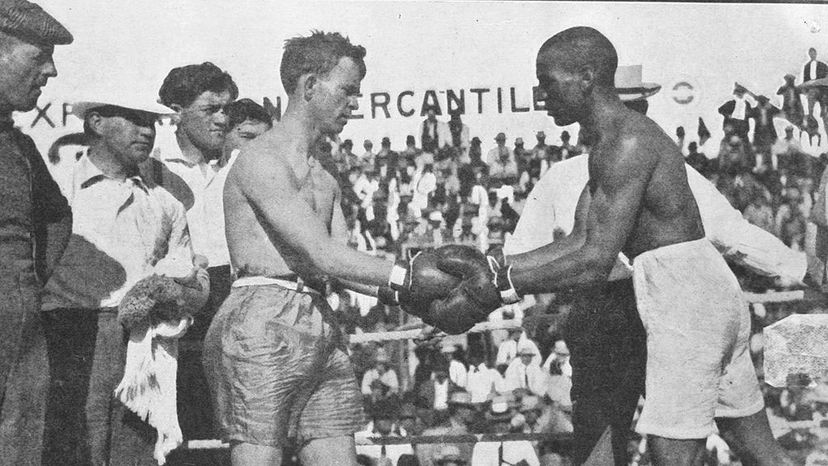Edward Bernays, who's been called the "father of public relations," was the person responsible for pairing bacon with eggs on American breakfast tables. He'd been hired by the Beech-Nut Packing Company, a producer of bacon in the 1920s, to increase demand for the porkly product. At the time, Americans ate a light breakfast — maybe coffee and a roll. Bernays asked the agency's physician whether a heavy breakfast was better than a light one since "the body loses energy in the night and needs it in the day." Unsurprisingly, the company physician agreed.
"We asked him whether if he'd be willing — at no cost — to write to 5,000 physicians and ask them whether their judgement was the same as his. He said he'd be glad to do it," reminisced Bernays in an interview decades later. "Obviously, all of them concurred." This news was reported in newspapers throughout the country, many of which added that bacon and eggs should be part of the "healthier" breakfast. Sales of bacon went up and bacon became embedded with eggs.



